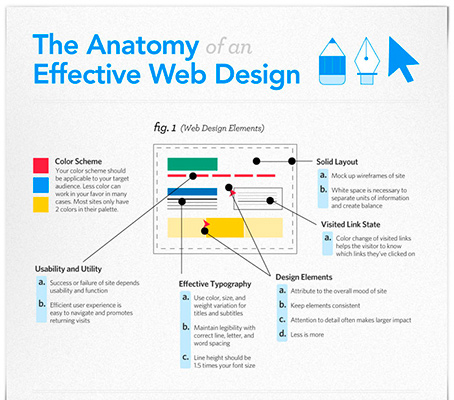Interested In Finding Out Exactly How Site Style Has Advanced Throughout The Years? Check Out The Journey From Uncomplicated Layouts To User-Centered Strategies
Interested In Finding Out Exactly How Site Style Has Advanced Throughout The Years? Check Out The Journey From Uncomplicated Layouts To User-Centered Strategies
Blog Article
Content Composed By-Kinney Hejlesen
In the past, websites were simple and focused on info. Navigation was straight, and design was for desktop computers. Now, customer experience is vital. Information guides layouts for easy navigation. Receptive formats match various tools. Today, dark mode lowers stress, and minimal menus boost navigating. Interactive features involve customers, and vibrant visuals stand out. AI combination improves engagement. See exactly how design has actually advanced to improve your on the internet journey.
Early Days of Website Design
In the very early days of website design, simplicity preponderated. Websites were standard, with limited shades, font styles, and layouts. The emphasis was on providing information instead of fancy visuals. Users accessed the web with slow-moving dial-up links, so speed and functionality were key.
Navigating menus were straightforward, normally located at the top or side of the page. Sites were designed for desktop computers, as mobile browsing wasn't yet widespread. Web content was king, and designers focused on simple readability over complex style elements.
HTML was the primary coding language utilized, and designers had to work within its constraints. Computer animations and interactive features were marginal compared to today's standards. Websites were static, with little vibrant content or customized individual experiences.
Rise of User-Focused Layout
With the advancement of internet site design, a change in the direction of user-focused layout concepts has actually become increasingly noticeable. Today, creating web sites that prioritize user experience is essential for engaging site visitors and achieving company objectives. User-focused design entails understanding the needs, preferences, and behaviors of your target market to customize the website's layout, content, and features as necessary.
Designers currently conduct comprehensive study, such as individual studies and functionality screening, to collect understandings and responses straight from users. This data-driven technique aids in creating intuitive navigating, clear calls-to-action, and aesthetically enticing interfaces that reverberate with visitors. By positioning the customer at the center of the layout process, internet sites can deliver a much more tailored and delightful experience.
Receptive style has likewise emerged as a key aspect of user-focused layout, ensuring that sites are enhanced for different devices and screen dimensions. This adaptability boosts availability and use, accommodating the varied ways users connect with websites today. Basically, the surge of user-focused layout signifies a shift towards developing digital experiences that prioritize the demands and assumptions of the end customer.
Modern Trends in Web Design
Explore the current fads forming website design today. One noticeable trend is dark mode layout, providing a streamlined and modern look while minimizing eye stress in low-light environments. Another crucial pattern is minimal navigating, streamlining food selections and improving user experience by concentrating on essential elements. Incorporating micro-interactions, such as animated buttons or scrolling results, can develop a much more appealing and interactive site. Receptive style stays crucial, ensuring smooth customer experiences across numerous tools. In addition, utilizing strong typography and unbalanced formats can include aesthetic interest and draw attention to details web content.
Integrating https://www.forbes.com/sites/forbesagencycouncil/2017/07/11/15-simple-tips-for-improving-local-seo/ , like chatbots for client assistance or personalized suggestions, boosts user interaction and simplifies processes. Ease of access has likewise end up being a significant fad, with developers focusing on comprehensive style techniques to deal with diverse user demands. Welcoming sustainability by enhancing website efficiency for speed and efficiency is an additional emerging fad in web design. Teaming up with customer responses and data analytics to iterate and enhance layout continuously is essential for remaining pertinent in the ever-evolving electronic landscape. By accepting these modern-day trends, you can produce an aesthetically enticing, straightforward site that resonates with your target market.
Final thought
As you assess the development of site design from the early days to now, you can see how user-focused style has ended up being the driving pressure behind contemporary fads.
Accept the journey of change and adjustment in website design, always keeping the user experience at the center.
Stay present with the most up to date fads and modern technologies, and never stop developing your technique to produce aesthetically sensational and user-friendly sites.
Develop, adapt, and develop - the future of website design is in your hands.
